The “about” page on the fabulously bright new tacobell.design site
Taco Tuesday? Why wait?! Finding tacobell.design today, Friday, is like divine intervention. Yes, yes, I will spend some time this afternoon looking at glossy Mexican food photos and dreaming of Miami.
The new site, tacobell.design, is unabashedly fun. It makes me think of Miami because the bright, tropical color scheme on the “about” page is beyond captivating. While there are now many brand names using .design sites to show off their design department, I can’t think of another example where I imagine the entire department working out of the corner booth surrounded by margaritas. They look fun, cool, and creative. Wait, do they serve margaritas at Taco Bell?
Taco Bell Design’s Instagram feed as integrated on the tacobell.design site
The strategy beyond the site is probably supposed to be fun too! Don’t forget that this is a trail-blazing brand that is famous for its social presence and its marketing campaigns. It is also the only .design brand site that I can think of that calls out its Instagram presence in a major way (most other .design brands link to Twitter, which now that I think of it, isn’t a good match since Instagram is a far more creative, graphic, and engaging medium especially for the target audience, designers).
The site looks simple at first glance, but clearly professional. Besides the amazing, personal photography of the design team members, the integrated Instagram feed shows off curated and casual shots alike, but even the latter are effortlessly stylized. Stop bad-mouthing millennials, they make this professional, creative branding look easy.
Still from the “2016 Rebrand” case study on tacobell.design
However, digging beyond the three main pages of the site (“Work”, “Play”, “About”), we see that the Work page is actually very in depth. Each tile image opens up an entire case-study of the initiative. We can click to open up a break-down of the 2016 rebrand effort, individual marketing campaigns, their Instagram strategy, and more. It’s the type of thorough branding and studied, creative dedication that many aspiring designers dream of. I have to assume that this new venue allows them to enter the field of brands looking to compete for and recruit top design talent by showing off their work. Still, in a typically impressive way, Taco Bell manages to make it all look so fun and free-wheeling. They’ll let facebook.design and uber.design compete for the same talent and instead focus on finding the “weirdos and rebels,” as they call themselves.









